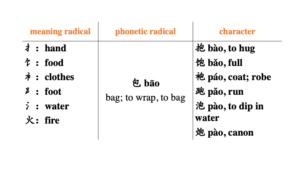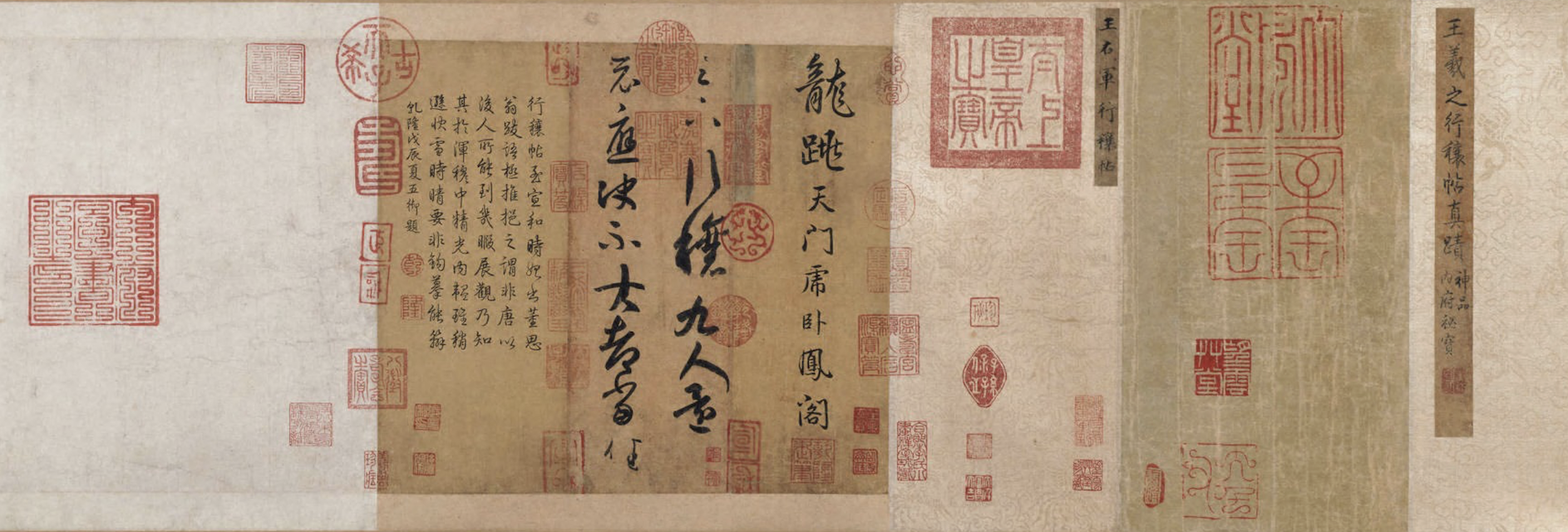Chinese writing is represented by “characters(汉字, hànzì),” and characters(汉字, hànzì)are shared by people who speak different dialects in China. Each character represents a syllable. In Han dynasty(202BC-9AD, 25-220AD), the structure of the characters were analyzed and classified systematically into six types, pictographs(象形, xiàngxíng), indicative or self-explanatory(指事; zhǐshì) , compound ideographs or associative compounds (会意; huìyì), phono-semantic or picto-phonetic compounds (形声; xíngshēng), rebus or phonetic loan characters (假借; jiǎjiè) , and mutually explanatory characters (转注; zhuǎn zhù) (the latter two are considered as ways of using characters not ways to create characters).
A popular myth is that Chinese characters are pictographic and that each character refers to a picture. Actually, there are only a handful pictographic characters and a number of ideographic or self-explanatory characters and associative characters, but the vast majority, about 80% of all characters, are phono-semantic or picto-phonetic characters.
- 象形字, xiàngxíng zì: pictographs, pictographic characters
Examples,

2. 指事字, zhǐshì zì: ideographic or self-explanatory characters
Examples,

3. 会意字, huìyì zì: associative characters
Examples,

4. 形声字, xíngshēng zì: phono-semantic or picto-phonetic characters (with one component indicating meaning and the other referring to the sound)
Examples,

